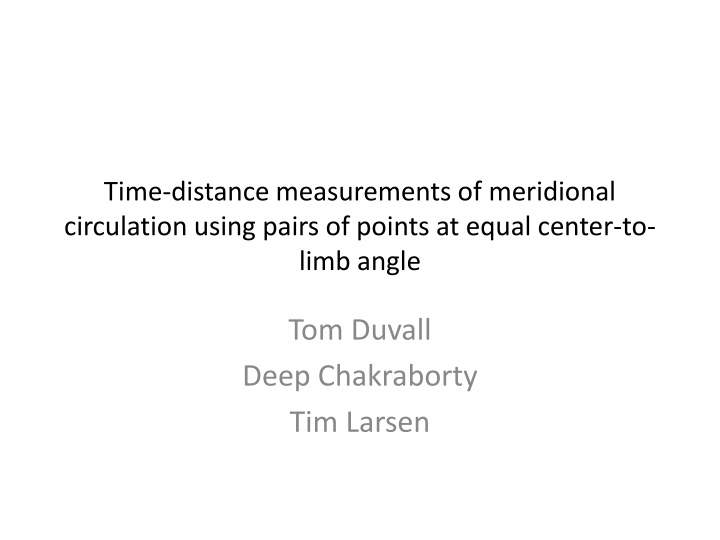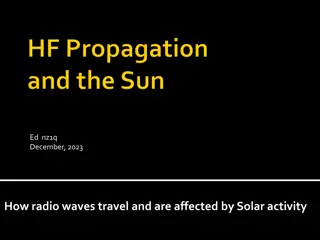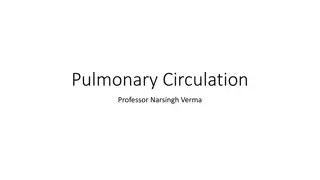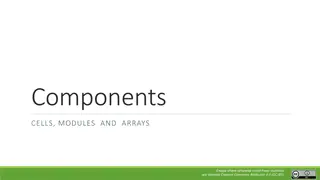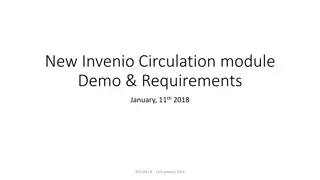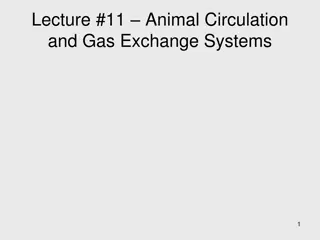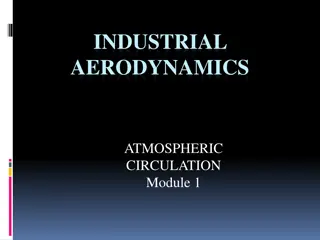Measurement Technique for Meridional Circulation in Solar Activity
In this research, time-distance measurements were conducted to study meridional circulation in solar activity. The east-west signal was found to be similar to the north-south signal, prompting analysis steps involving spherical harmonics computation, image reconstruction, filtering, cross-correlations, and travel time computations. The technique included using longitude-sin(latitude) coordinate system, computing spherical harmonics, reconstructing images on azimuth-heliocentric angle coordinate system, and analyzing symmetric and antisymmetric components to separate rotation and meridional circulation.
Download Presentation

Please find below an Image/Link to download the presentation.
The content on the website is provided AS IS for your information and personal use only. It may not be sold, licensed, or shared on other websites without obtaining consent from the author.If you encounter any issues during the download, it is possible that the publisher has removed the file from their server.
You are allowed to download the files provided on this website for personal or commercial use, subject to the condition that they are used lawfully. All files are the property of their respective owners.
The content on the website is provided AS IS for your information and personal use only. It may not be sold, licensed, or shared on other websites without obtaining consent from the author.
E N D
Presentation Transcript
Time-distance measurements of meridional circulation using pairs of points at equal center-to- limb angle Tom Duvall Deep Chakraborty Tim Larsen
Analysis steps: 1) each HMI image is put onto a longitude-sin(latitude) cooordinate system (Tim) 2) Spherical harmonics computed for l<=300 (Tim) 3) Images reconstructed on azimuth-heliocentric angle coordinate system for 1 year. This involves putting b0 back in. (Tom, Deep, Tim, Shukur) 4) Filtering is done only as a 1st difference in time. (Tom) 5) Cross correlations for each day for different lags in azimuth and at the different heliocentric angles separately. 6) Average correlations over 1 year. 7) Travel times computed using the Gizon-Birch method. A separate reference cross correlation is computed for each heliocentric angle. 8) Travel time differences are computed for oppositely directed waves. 9) Symmetric and antisymmetric components about the central meridian to separate rotation and meridional circulation.
